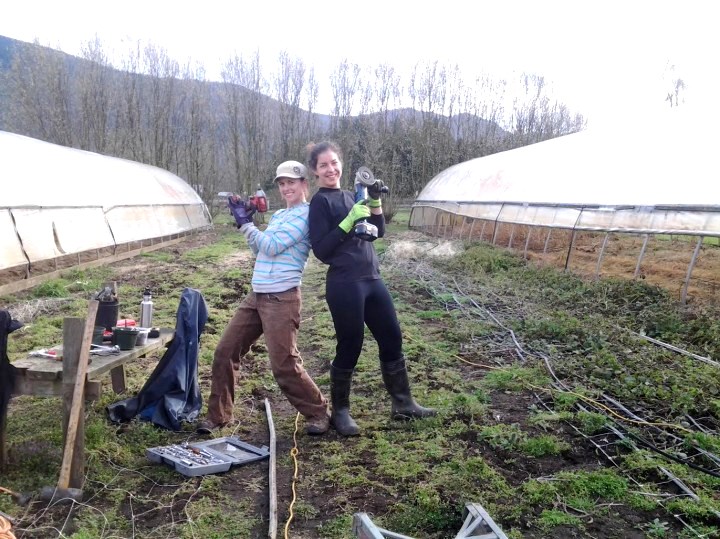Dear Editor,
Re: “Council couldn’t see this coming?” Voices, Nov. 3.
Your editorial makes the point that the profitability of small Richmond farms is central to the discussion of protecting farmland from mega mansion development.
Most Richmond families have more than one breadwinner. The median income before tax in 2015 of every individual in Richmond 15 and older with income was $25,482.
Richmond FarmWatch, therefore, asked Statistics Canada to prepare a 2016 Farm Survey custom report comparing Richmond vegetable to blueberry farms in order to find out how many of them had a net income over $30,000 before tax and after expenses including part-time labour.
Of the 17 vegetable farms smaller than 10 acres, three of them had a net income more than $30,000. Of the 42 blueberry farms smaller than 10 acres, only one of them had a net income more than $30,000.
The report also shows that a farm smaller than two acres can have a net income over $30,000.
There is no question that very small Richmond farms can be profitable.
In the Richmond FarmWatch meeting with the Minister of Agriculture, Lana Popham, she expressed an interest in training young farmers and mentoring both new and existing small acreage farmers to increase profitability.
Statistics show that a lot of support and mentoring will be required to make the average small Richmond vegetable farm profitable. They also show that the prospects for blueberry farms are very poor.
The fact we have so many blueberry farms in Richmond indicates that they are being established by mega mansion owners to take advantage of agricultural tax breaks rather than for profit.
The existing 1,000 sq.m. limit on farm house size ensures that the residents of these enormous mansions will not be professional farmers whose primary occupation is farming. Yet they will control what happens to the farm.
In other countries, such as France, only qualified farmers can purchase farmland. Limiting house size on farmland to 500 sq.m. is a very modest step in comparison.
One of the reasons we’re, “going around in circles,” as you put it, is the total lack of interest by most city councillors in taking steps to support small farms or even to halt their eradication long enough for other levels of government to do so.
John Roston
Richmond



